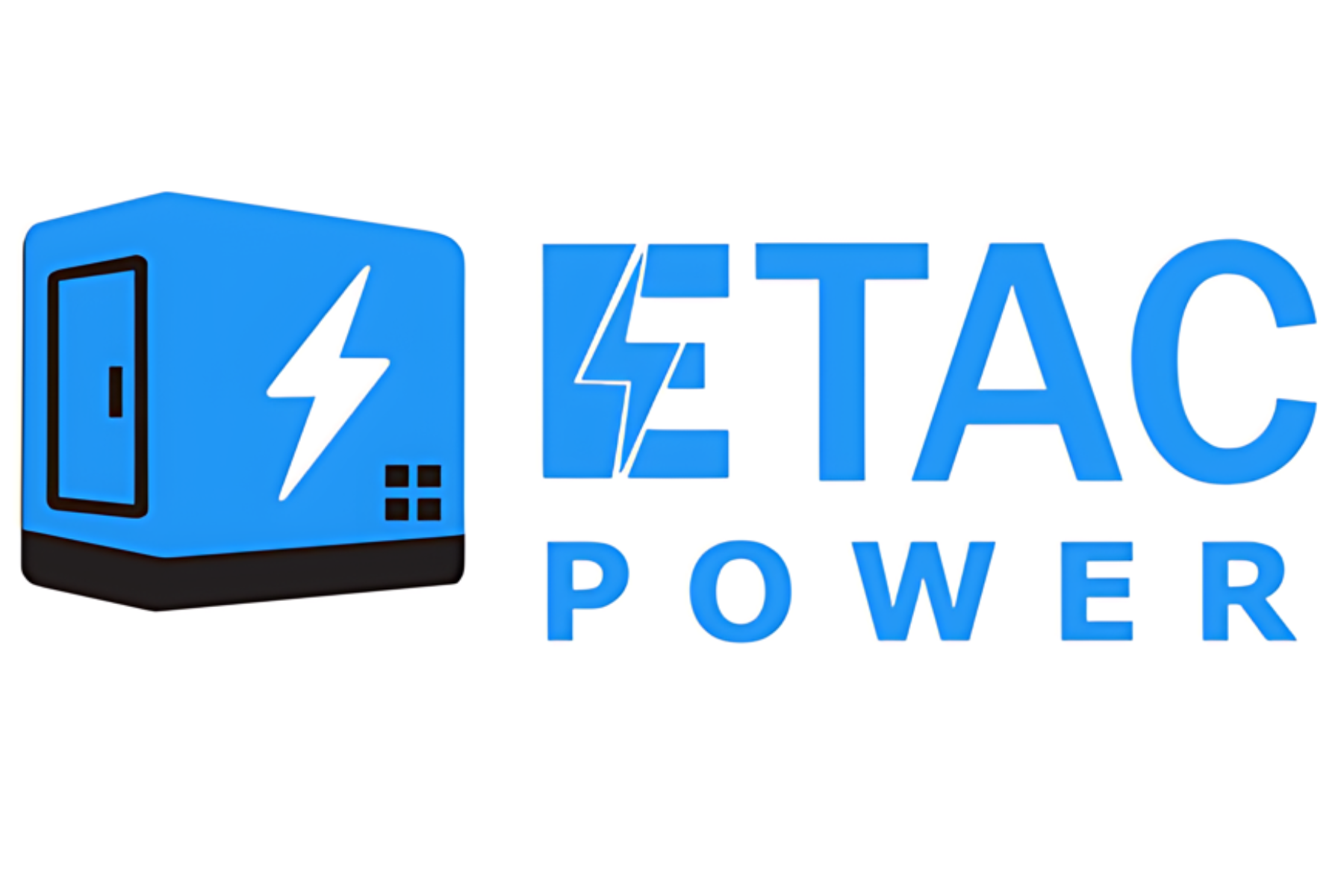What is a Portable Diesel Generator? Benefits & Uses

A portable diesel generator is a mobile power source that runs on diesel fuel, designed to provide dependable electricity whenever and wherever it’s needed. Whether during outages at home, powering remote work sites, or supporting outdoor events, it delivers sturdy performance, excellent fuel efficiency, and flexibility for a wide range of situations.

Benefits of a Portable Diesel Generator:
A well-made diesel powered portable generator offers several clear advantages:
- Fuel efficiency and long-lasting runtimes: Diesel engines convert fuel into power more effectively, meaning less frequent refueling and longer operation when compared to other fuels.
- Robust build and durability: With fewer delicate parts like spark plugs or carbs, these generators are engineered for heavy service, reducing wear and minimizing upkeep.
- Strong electricity output: Even compact models can support high-wattage appliances and tools with ample surge capacity, making them highly effective for both work and emergency use.
- Safety advantages: Diesel is less volatile than gasoline, and many units have built-in protections, such as shutdown sensors for overheating or low oil.
- Versatile usability: From powering a home backup diesel generator during blackouts to supplying energy at field operations or recreation areas, portability combined with power makes it highly adaptable.
Features to Look for in a Portable Model:
When shopping for a small diesel generator, here’s what matters most:
- Adequate capacity for your needs: Calculate all devices’ running and start-up wattage, then choose a generator that handles that total plus a 20–30% safety buffer.
- Good fuel tank size for duration: Larger tanks cut down refueling demand, especially useful for long-term use or when fuel access is limited.
- Ease of transport: Built-in wheels, ergonomic handles, and manageable weight make practical sense when moving between sites.
- Convenient starting systems: Electric starters simplify operation, especially in cold spells. Manual pulls offer reliable backups.
Safe, regulated power output: Features like automatic shutdown for oil or voltage protection help safeguard appliances and ensure operation runs smoothly.
Sizing and Output Considerations:
To ensure optimal performance and efficiency:
- List essential devices: Include items like refrigerators, lighting, pumps, or medical equipment. Add up both running and peak starting wattages.
- Include a load cushion: Always aim above your total estimated demand—this prevents overloading and supports efficiency near the generator’s sweet spot.
- Match with appropriate rated output: Generators are given continuous and occasional (surge/standby) power ratings. For example, unit ratings accommodate brief extra loads, but picking one that handles your peak plus buffer ensures longevity and reliability.
Avoid unnecessarily oversized units: Overkill units may run inefficiently and cost more to maintain, so balance capacity with actual need.
Applications of Portable Diesel Generators:
- Home emergencies: Keep lights, refrigeration, heating, and communication tools running until mains electricity returns.
- Construction and outdoor work: Drive tools and equipment reliably, especially in off-grid or rugged jobsite conditions.
- Events and field operations: Provide power for audio, lighting, booths, or kitchen setups at gatherings or remote sites.
- Mobile and rural power needs: Ideal for RVs, seasonal stalls, or job trailers where grid access is limited or absent.
Maintenance & Safety Tips:
- Check and replace engine oil and filters regularly, following a schedule—typically every 100 hours or per manufacturer guidance.
- Inspect and refill air filters to maintain airflow and engine health.
- Store fuel properly: Use clean, approved containers, label and rotate fuel, and add stabilizers if storing for extended periods.
- Run the generator occasionally under load—this helps lubricate components, prevents fuel degradation, and confirms readiness.
- Prioritize safe positioning: Operate strictly outdoors on a stable, dry surface at least 10–20 feet from buildings, vents, or living areas to avoid carbon monoxide buildup.
- Turn it off and cool before refueling to minimize fire risk.
- Use proper cords and circuit protection: Outdoor-rated, heavy-duty cords and GFCI outlets help protect against electrical hazards.
- Clean and inspect regularly: Wipe dust and debris away, check for leaks, loose wiring, corrosion, or damage. Even simple inspections help sustain reliability.
- Keep essential safety gear close: Install carbon monoxide alarms nearby and store a fire extinguisher rated for electrical fires.
Conclusion:
AA portable diesel generator is one of the most reliable solutions for backup and off-grid power. From keeping your home running during emergencies to supporting tools and equipment in tough work environments, it delivers durability, fuel efficiency, and consistent performance. By choosing the right capacity, focusing on key features like tank size and starting system, and following proper maintenance and safety practices, you can count on dependable power anytime, anywhere.
Ultimately, a portable diesel generator not only meets your energy needs but also provides lasting peace of mind—whether at home, on the job, or outdoors.
Portable Diesel Generator – FAQ
What is a portable diesel generator used for?
A portable diesel generator is mainly used for home backup during outages, powering construction sites, running outdoor events, and providing off-grid electricity in remote areas.
Can I use a portable diesel generator for home backup?
Absolutely. A portable diesel generator can power essential appliances like refrigerators, lights, pumps, and heating systems during blackouts.
What maintenance does a portable diesel generator need?
Regular oil changes, filter replacements, fuel storage management, and safe outdoor operation are key to keeping a portable diesel generator reliable.
